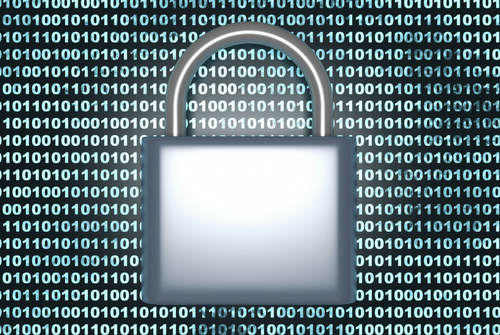If you are like administrators in most ASCs, you run a lean team and may not have the time and resources to give cybersecurity the attention it needs. Unfortunately, this is just what cybercriminals are hoping for so they can exploit vulnerabilities and steal your data or hold it hostage for ransom. That's why you need to take steps to help ensure that you and your patients are protected from malicious cyberattacks that can jeopardize your business, your reputation, and the personal health information of your patients.
To get you started, here are five steps that your ASC can take today to help make your data more secure.
1 - Educate your team
You can have top-of-the-line security systems in place at your ASC, but if a member of your team gets an email that contains an attachment with a virus, malware, or ransomware and clicks on it, your systems may be easily breached. Education is critical to protecting your ASC’s IT systems because users are typically the weakest link in the IT security chain.
It's important to develop and deliver comprehensive, ongoing security training for every employee and physician at the ASC. Provide ongoing security reminders to your team, frequently audit compliance with security measures, and assess workforce security awareness. Then continue to review and revise your policies and processes to address new threats as they emerge. All of this will help in creating a “security-oriented” culture.
There are many companies that provide security training technology and programs, including some that provide programs specifically designed for healthcare providers, and include anti-phishing and simulated attacks and interactive security awareness training.
2 - Set strict access controls
Access control refers to the policies and procedures your ASC employs to regulate who or what can view or use resources in your organization, both physical (medical records rooms, inventory, servers, etc.) and digital (computer networks, system files, etc.) Here are some ways to tighten your ASC’s access control.
- Set complex password requirements: Invest in an authentication tool that makes it mandatory for your team to use complex passwords. Such passwords typically have both uppercase and lowercase letters, numbers, a 8 or more digits, and require the use of a non-alphanumeric characters (!, $, #, %, etc.). Authentication tools can also set mandatory password reset cycles and prevent the use of similar or identical passwords.
- Adopt two-factor authentication: For increased IT security, consider implementing two-factor authentication at your ASC. With two-factor authentication, the cybercriminal would not have access to your second form of identification (biometrics scan, badge, or keycard) if a password was hacked, keeping your data secure. Two-factor authentication is already required for healthcare providers in many states.
- Implement least privilege access: Least privilege is the concept and practice of restricting user information access to only those resources necessary to perform job responsibilities. For example, under this practice, one of your ASC’s clinical employees may not be able to access coding or billing information. This practice helps protect both the security and integrity of your ASC’s information.
3 - Develop a disaster recovery and response plan
A disaster recovery and response plan helps protect an ASC from physical damage to your facility (including the IT environment) by a natural or man-made disaster. It is also the most effective way to recover from malicious cyberattacks. You’ll need to develop a backup and archiving plan to make sure that your data can be successfully and reliably restored. A good practice for an ASC is to take a backup of its data every night. You should also maintain an offsite data storage unit to allow for immediate failover in the event of a security incident.
4 - Stay informed
Typically, cybercriminals are one step ahead of businesses. As the evolution of technology accelerates, so will the tactics and speed of hackers. To help keep your ASC’s and patients’ information safe, stay informed of the latest cybersecurity incidents, how they were conducted, and the best ways to prevent new kinds of threats.
5 - Undergo a professional risk assessment
The first step in becoming more secure is knowing how secure you are to start. This is where bringing in a third-party to conduct a risk assessment is very valuable. An assessment will cost money, but a fresh pair of trained eyes examining your organization and its IT security might see a vulnerability or opportunity for improvement you are missing.
A good third-party security risk assessment should provide full visibility into your organization's security, including threats and vulnerabilities and the potential impact they may have on your organization. The risk assessment team should also document your existing security controls, determine if your current security levels are acceptable, prioritize your risks, and develop a roadmap for remediation of unacceptable risks. A third-party assessment can save you money in the long run by making sure your security efforts are properly targeted.

















